
Winter Mallards
February 24th, 2010


1680x1050 wallpaper
I like female Mallards. They always look so satisfied about life.
Love is in the air
February 23rd, 2010
Chickadees are singing. House Finches are singing. Pigeons are locking bills on my front balcony.
And out on the rivers, mallards are courting like crazy.

It was an overcast morning on the Ottawa River when I found upward of twenty male mallards milling excitedly about a lone female--presumably an as-yet-unattached female--whistling and displaying. The activity seemed to happen in bursts. All would be quiet for ten seconds or so, then a sudden spate of whistling, frenzied swimming and neck-arching. I managed to capture one of the bursts in the picture above, where four of them were sounding off at once. The rather unimpressed-looking female is on the right.
I've watched mallards mate a number of times, and each time, it's the same ritual. First the pair swim alongside each other, heads bobbing up and down. Then he mounts, taking her by the nape. After it's over and the female is shaking herself out, the male lowers his head to the water and swims around her in circles, as if saying "wheeeee I did it I did it I did it!" It's so sweet.
I took these on the Rideau. They came out very dark (backlit), but then again, that seems appropriate somehow!



The Intruder
February 2nd, 2010

Top Of The Morning
January 25th, 2010
Sometimes the time of year, time of day, conditions and location all conspire to give you the most magical lighting. Everything takes on a new glamor. So it was yesterday morning with this White-Breasted Nuthatch.

1680x1050 wallpaper
Peeking Out
January 24th, 2010

Found this Ruffed Grouse along Old Quarry Trail this morning, and successfully tracked him through deep snow for a picture. This is a fairly common species in Ottawa, though elusive. The Stony Swamp trails are a good place to find them.
Also, they look cute when they walk.

Hibernation fail?
January 15th, 2010
Down to Mud Lake today to scatter sunflower seeds for the chickadees and nuthatches, and see whatever else I could see. Which turned out to be not much.
Except for this: I came to where the path meets Cassels Rd., and found that, thanks to the mild weather of the last few days, there was a tiny patch of open water at the edge of the pond. Amidst the water I saw what looked like banks of pebbles. I don't usually think of Mud lake as a pebbly place so I wondered if someone had put them there for some reason. I trained the binoculars on them, and saw that in fact that whole patch of water was heaped with tight-packed masses of...somethings.
They were moving. Not just in a shifting-in-the-wind way, but in an organic, creepy-crawly way. Just a bit. It was so unexpected my brain malfunctioned at first, and I started wondering ridiculous things like whether bats hibernate in water. Them it kicked back into gear and I figured they must be fish or amphibians of some sort, but as long as I watched them, I couldn't figure out exactly what they were. All I could see was these lumps, and I would have taken them for just lumps if not for the fact that occasionally, one of them squirmed.
The other part of this tableau was a robin, who had pulled a fish (one of the multitude?) out onto the ice edge. It looked more like a heron meal than a robin meal, but he was giving it his game best. The whole ten minutes I watched he hopped around, pulling pieces off it to eat. Yay, winter protein source! Meanwhile, the nearby masses of somethings made no reaction to his presence nor mine. Question: what happens to all those little guys if a bunch of robins (or starlings, or crows) discover them? Are they basically doomed now that the protective ice layer has melted in the middle of January?
It looks like the mild weather is going to persist for at least a few more days, so I'll likely take the camera out soon. In the meantime, here's a chickadee pic from back in December.

1680x1050 wallpaper
A life bird at the experimental farm
January 9th, 2010
Today's excitement occurred at the Central Experimental Farm. I was walking down Ash Lane and spotted a big assemblage of crows in a field, swirling around and cawing. As a serious birder, one of the first lessons you learn is "follow the crows." And I'm going to take a long aside here to tell you a few things about crows.
There's a lot of mythology around crows. Tricksters, vagabonds, thieves. Playful in a wild sort of way. People talk about "crow energy", and what those are like who have "crow energy."
They giggle, leaning into each other, tottering back and forth on their perch, crow girls, can't be touched, can't hardly be seen, except someone's standing down there on the sidewalk, looking up through the falling snow, his worried expression so comical it sets them off on a new round of giggles. (Charles de Lint, "Crow Girls")After years of studying crows, it is my opinion that 99% of this is piffle. Ravens? Yes. I'll buy ravens as tricksters. I've seen ravens dive and somersault in the air. Seen a raven get chased off by crows, land in a tree and sit there, looking around, croaking quietly, as if to say "who, me?" Once, on a misty winter morning, a raven into voice imitations had me for all the world convinced that there was some exotic species of goose up ahead, and as soon as I came through the mist I would see it. I walked on, looked up, and there was my exotic goose, perched on a power line. "Who, me?" So I do buy ravens as tricksters.
Crows? No. Here are some of the adjectives I would use to describe crows.
- Military
- Determined
- Disciplined
- Precise
- Tribal
- Territorial
They're far too intelligent to actually attack. (That's one thing the mythology gets right. Crows are smart.) A crow against any raptor will come out the worse for it, and besides, they don't really want to hurt the thing. They just want it to get lost. Their job is to make that bird's life miserable. They do this primarily via noise, also by rushing and diving, veering off at the last minute before they're in range of the talons. If the raptor finally tires of it and flies off, then the crows are at the advantage, and they fly after him to drive him out of their territory: the door's that way, adios muchacho. One by one, like fighter jets, they swoop down and peck. *bam*. *bam*. *bam*. There's actually a rhythm to it sometimes.
Military.
There's nothing nasty about crows. All that they do, they do to survive. It's true that at times, crows will harass a bird that poses little danger and little competition--a small hawk for instance, and even in winter when there are no crow nestlings for it to hunt. This too is understandable. Coyotes pose little danger to humans, in theory, but would any of us tolerate it if one ambled into our home? A crow's territory is his home, and he defends it admirably.
Which is why birders in the know follow the crows.
Ravens and crows are usually enemies. Crows will drive a solitary raven out of their territory. But every now and then you find crows and ravens joining forces, and that's when you know something big is going down. Probably a large owl. Because a large owl--a Great Horned Owl, especially--is about the most dangerous thing there is to crows. When night falls, he'll pick a sleeping adult right off its perch. That's danger enough for crows to put aside their animosity for ravens and welcome the reinforcements.
So it was today. Amidst the swirling assemblage I could see and hear multiple ravens. Their attention all seemed to be focused, strangely enough, on a piece of farm equipment sitting on the ground. They perched on and around it; they dove at the ground near it. I couldn't see anything where they were diving but a little lump of snow.
I walked into the field and headed directly for them. And finally I got close enough that the little lump of snow resolved--to my great pleasure and surprise--into the head of a Snowy Owl! There was a depression in the ground under the equipment and he was standing in it.
Snowy Owl is the second largest owl in North America. It is bigger than a Great Horned Owl, which, as you'll recall, crows are terrified of. Snowies breed in arctic tundra, where they feed, preferentially, on lemmings. In winter some of them wander south, favoring grasslands, fields, shores--basically, anything that resembles the treeless landscape whence they came. On their wintering grounds they'll prey on voles (which they can pinpoint by sound even under deep snow), mice, rats, other small mammals, ducks, and in a pinch, anything they can get their talons on.
My first thought was to be worried. Though I knew this was a bird of open country, who was accustomed to perching on the ground, he was literally surrounded by over a hundred crows and ravens and looked awfully vulnerable, with only his head peeking out. Was he trapped? Was he injured? I continued to walk towards him hoping to scare away the mob. (Yes, despite my great respect for crows, I will favor the survival of Snowy Owls. They're not endangered but they easily could be.) As I drew near, he quickly hopped out of the depression and flew away. Turns out he was just ignoring the crows, but he wasn't about to ignore something the size of me! Sorry about that, fella. I meant well.
I then tromped back and forth through unpacked snowy fields like the madwoman I am for about the next hour, following the crows who were following him. This species was a first for me and I always go cheerfully crazy with first sightings, when I can. He kept moving on, usually not because he dignified the crows with a reaction, but because some human came too close (there were lots of dog walkers out that day.) Often I couldn't see him, but could pinpoint his location at the epicenter of the storm of crows--and then I'd see him right away when he flew.
Finally, just across the road from the arboretum, he came to rest under a small tree and stayed there. The crows, either because they were tired out or because they considered him out of their territory, gave up the chase. A few stragglers perched in the tree and shouted down at him for a little while, but then they too flew off, leaving him alone in blessed silence.
The owl was still quite visible when I left from the #3 bus stop. Yes, after an hour of tromping through fields, I tracked him right back to the bus stop where I would have ended up anyway. It is to laugh.
Virginia Vacation Pix
December 21st, 2009
Some photos from my recent trip to Virginia.

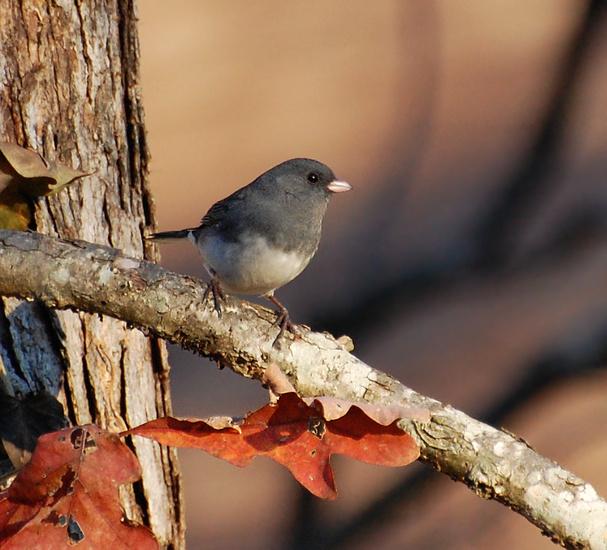
Slate-Colored Junco
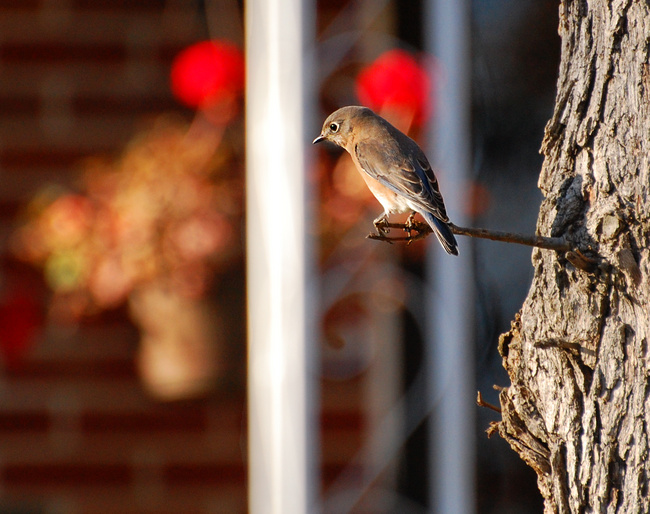
Female Eastern Bluebird
Eastern Bluebirds are rare and specialized in Ottawa. The grasslands south of the airport are one of the few places where we can still find them. In the southern states, though, they're ubiquitous year-round suburban birds. This one was perched in front of someone's Christmas decorations.
Come June, I'll be bringing my zoom lens to Virginia, and then to Outer Banks, in summer, for the first time. I look forward to getting pictures of male bluebirds in their vivid breeding dress, and many others besides.
August To September
December 17th, 2009
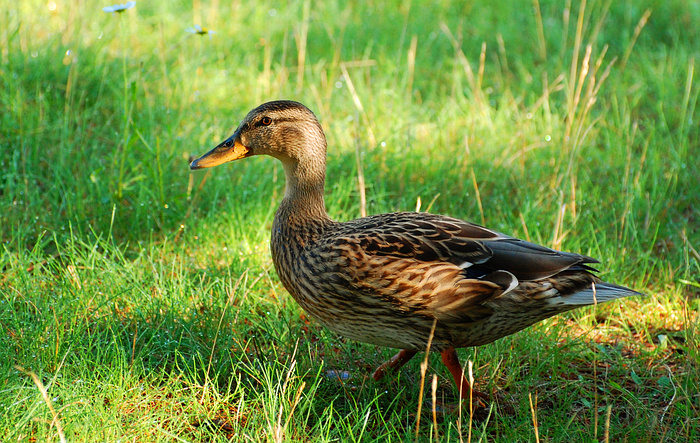
eclipse male Mallard - August 9
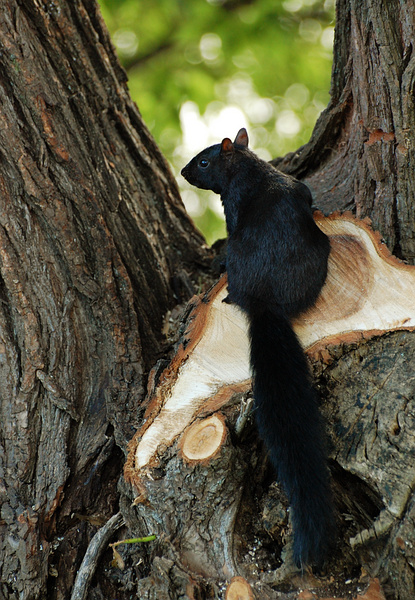
Black Squirrel - August 25
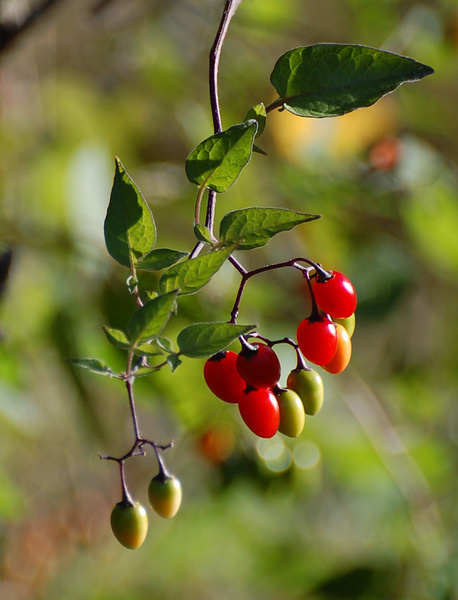
Bitter Nightshade - September 19
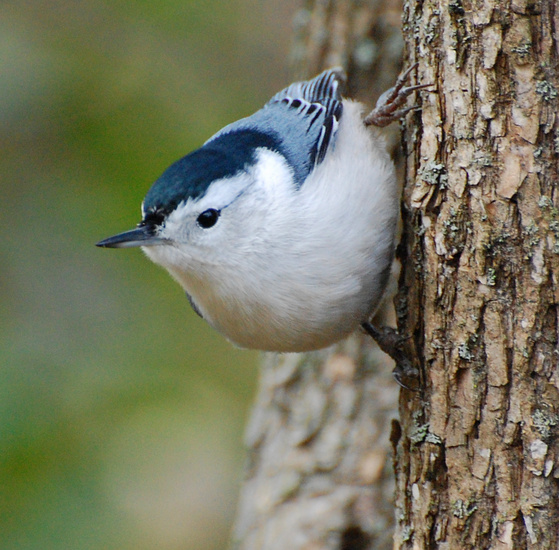
White-Breasted Nuthatch - October 15
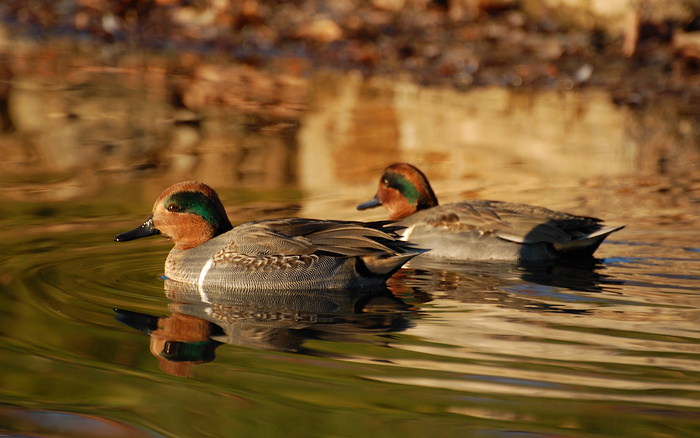
Green-Winged Teal - November 17
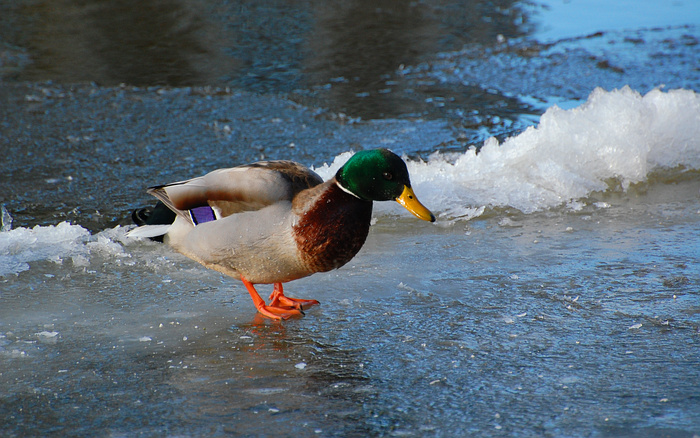
male Mallard - December 12
Sumac Buffet
December 13th, 2009

1680x1050 wallpaper
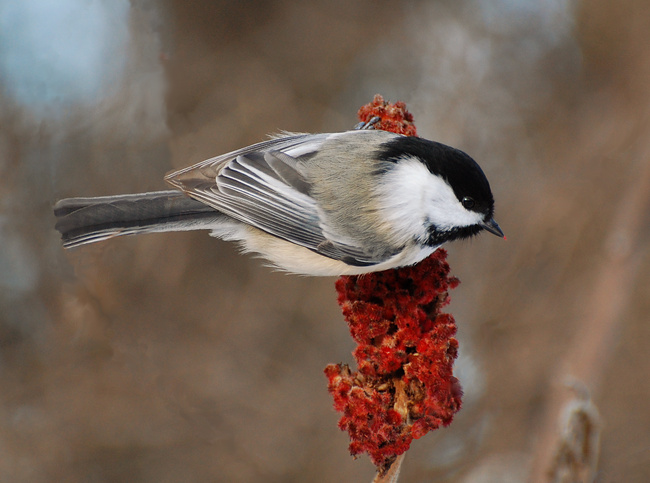
1680x1050 wallpaper

1680x1050 wallpaper
|
